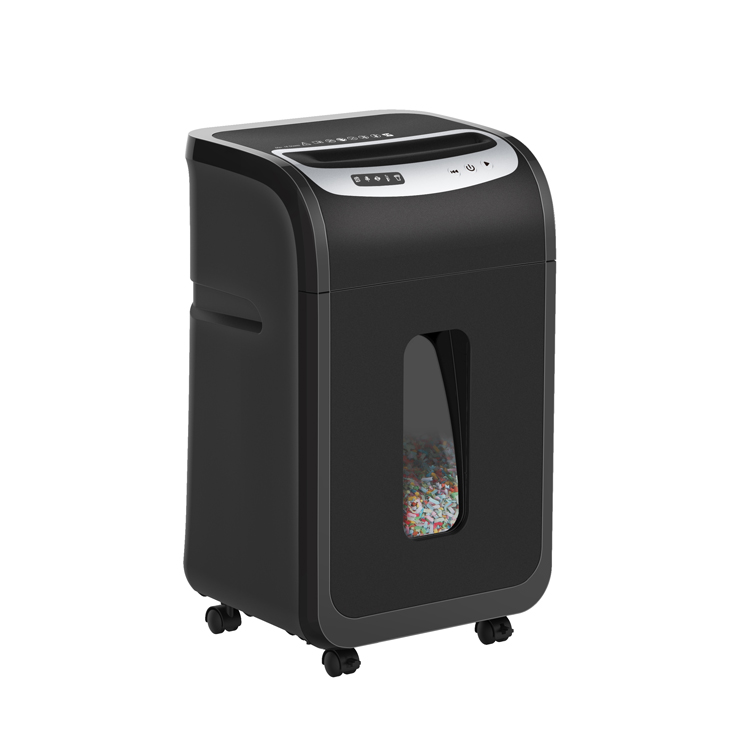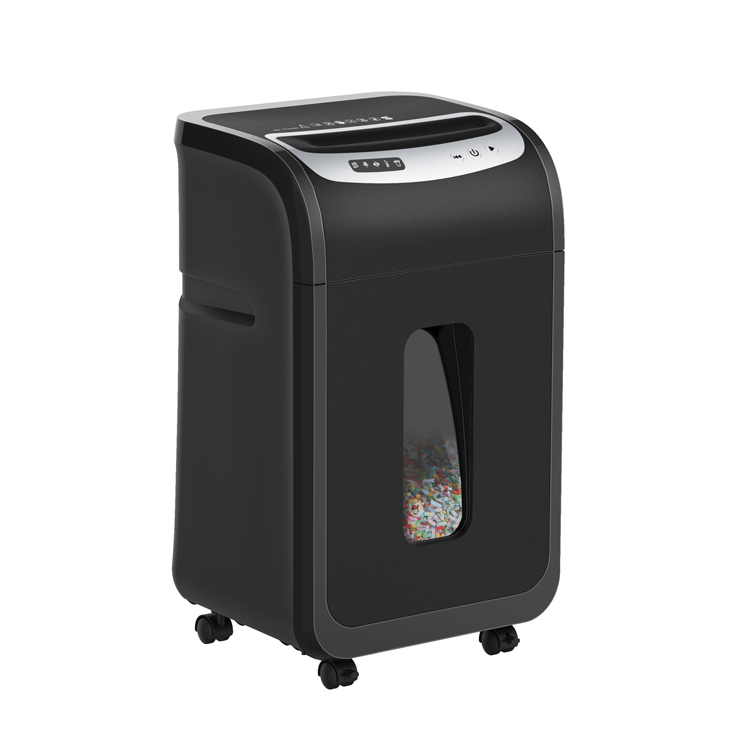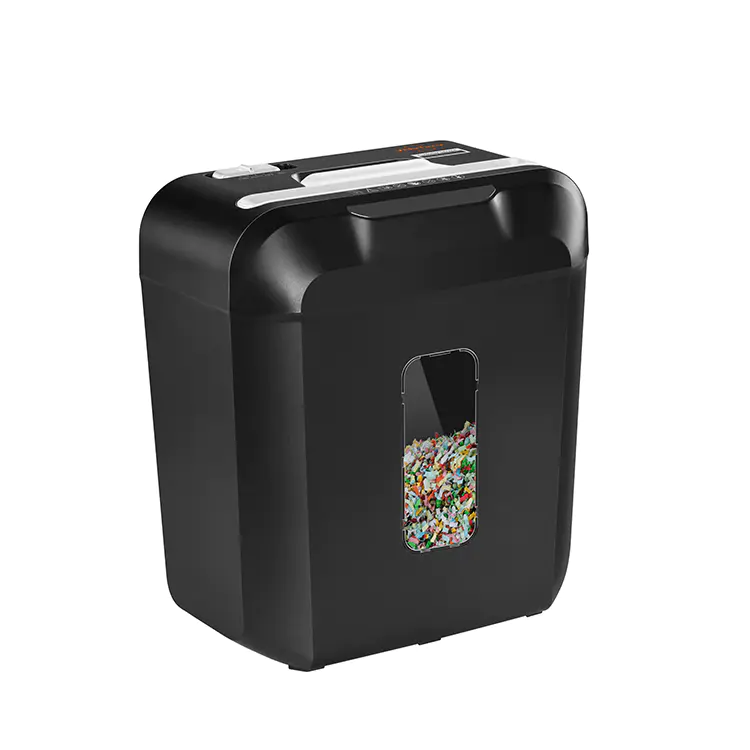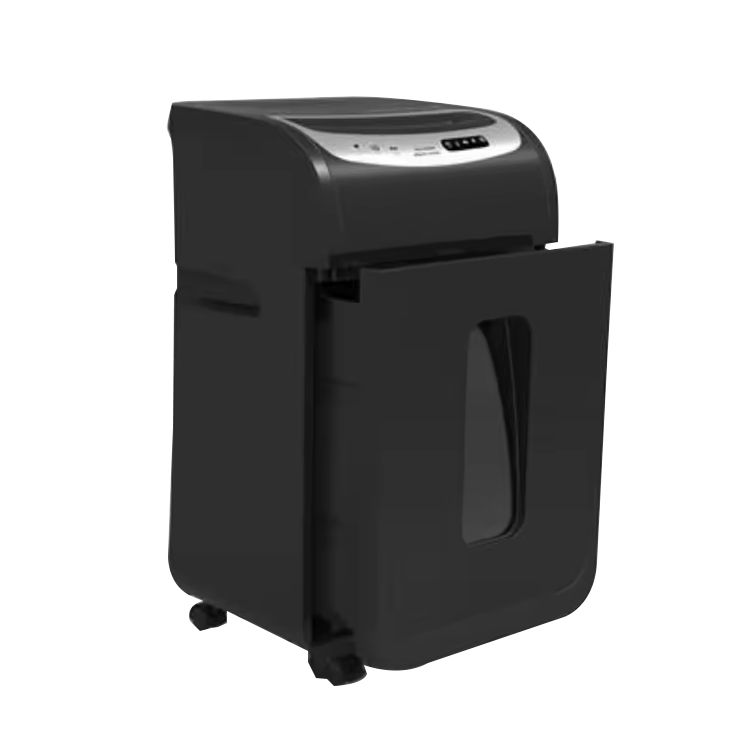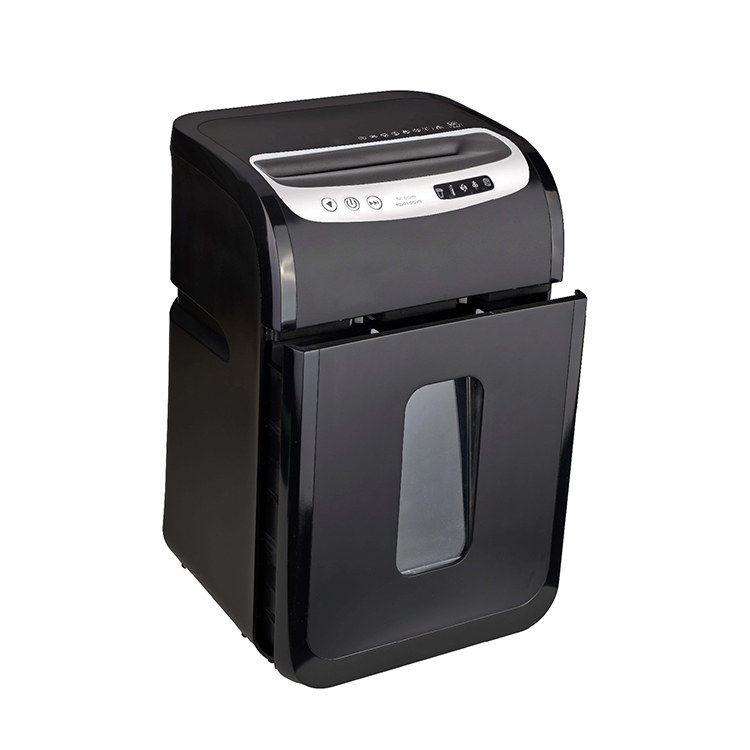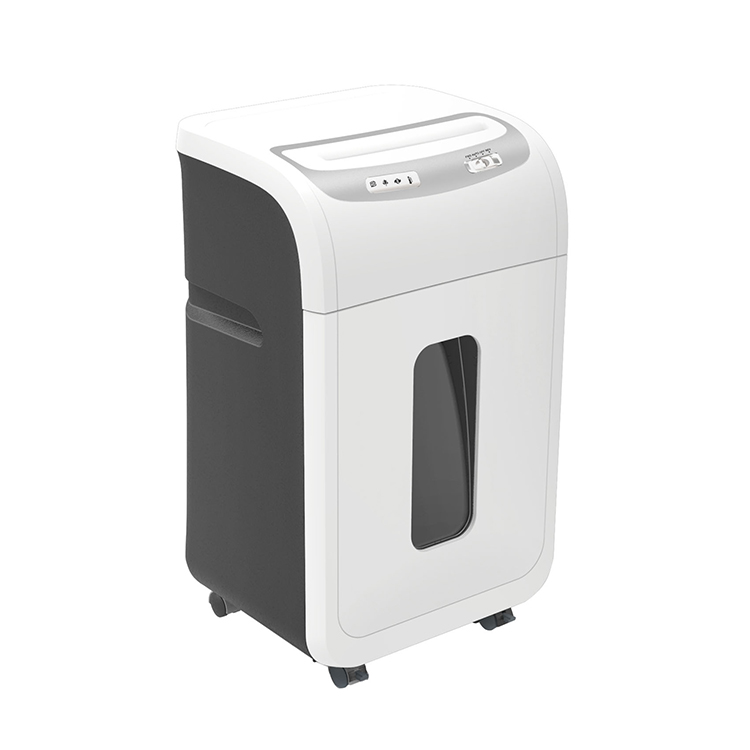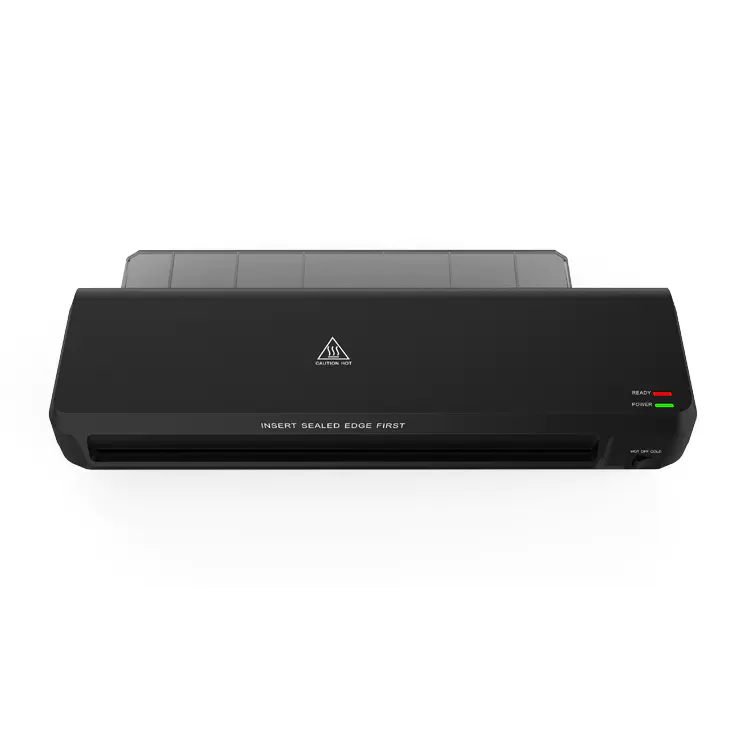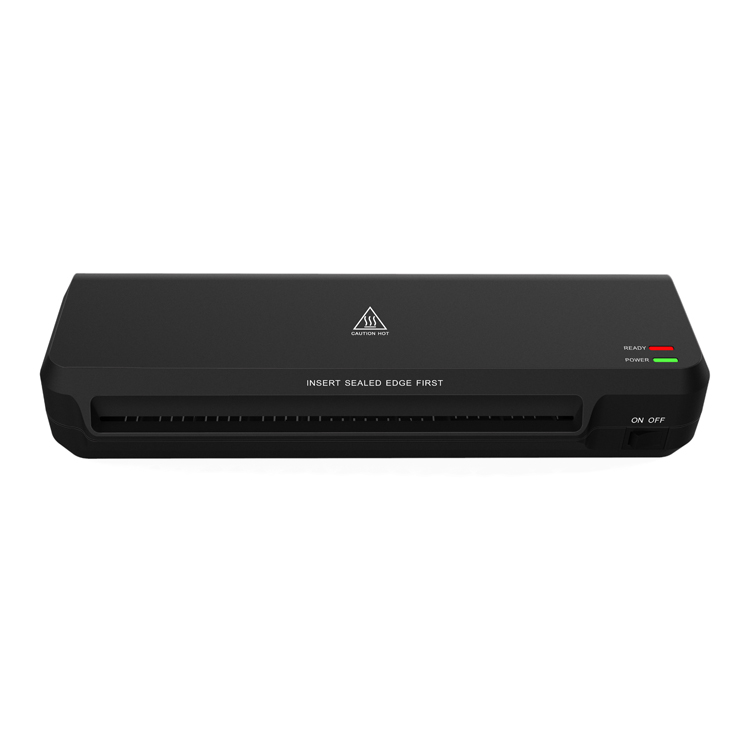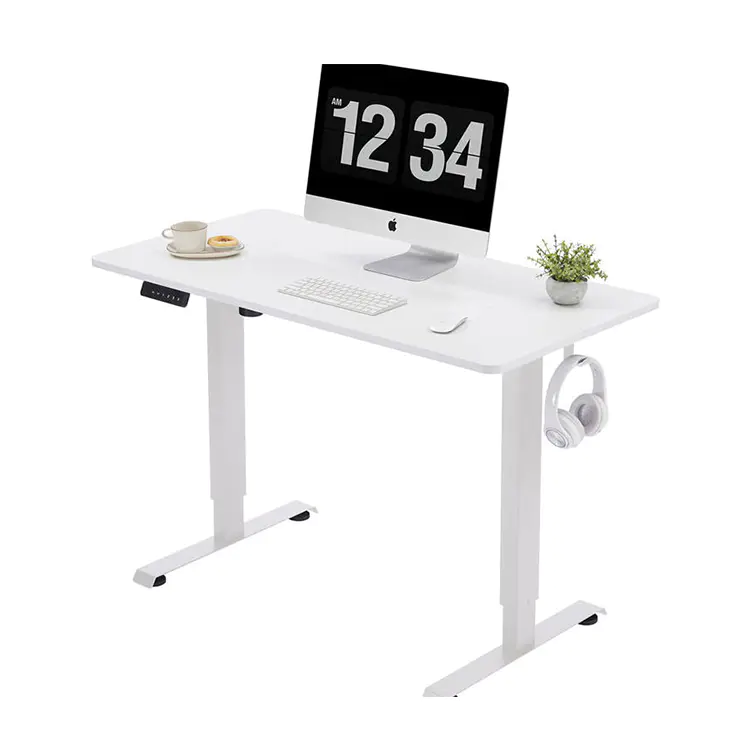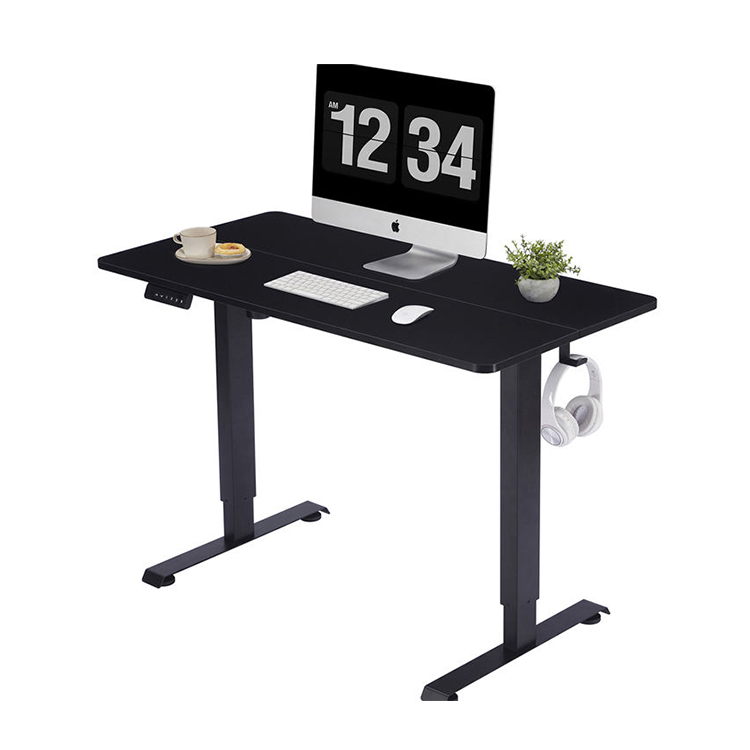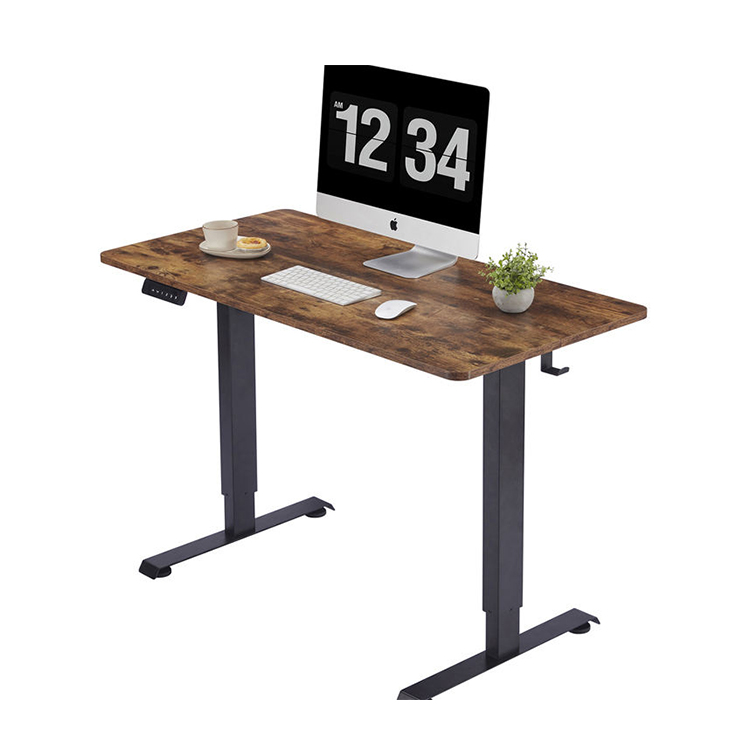Thermal Laminator Usage Tips: How to Improve Work Efficiency and Results
1. Choose the Right Thermal Film
Choosing the right thermal film is crucial for ensuring effective results. Different types of thermal films are suitable for different applications. The correct film thickness and material can help avoid waste and improve work efficiency.
Film Thickness Selection:
3mil film: Suitable for everyday documents such as documents, images, and labels. It's neither too thick nor too thin, providing protection without appearing too rigid.
5mil film: This is the most commonly used film thickness and is suitable for documents requiring extra durability, such as important documents, menus, or cards. It offers a good balance, preventing damage without compromising the flexibility of the document.
7mil film: Suitable for documents requiring more robust protection, such as large posters, display boards, and important documents. It provides heavier protection and is particularly suitable for documents that are frequently viewed or exposed.
Film Type Selection:
Glossy Lamination: Glossy lamination adds color vividness and gloss, making it ideal for documents or photos that require detailed display. It is ideal for applications such as posters, menus, and photos that require attention. Matte Lamination: Matte lamination gives documents a more subtle, softer look, reducing glare. It's ideal for documents that need to appear elegant, especially under strong lighting.
UV Lamination: This type of film has added UV protection, effectively preventing fading or aging caused by ultraviolet rays in sunlight, making it suitable for long-term preservation of documents and materials.

2. Preheating Time
Ensuring that the thermal laminator is fully preheated is crucial to avoiding quality issues. Most thermal laminators are equipped with a preheating indicator, a small detail that determines the quality of document sealing.
Why is it important to fully preheat?
If the machine is not fully preheated, the film may not adhere evenly to the paper, resulting in bubbles or uneven sealing. An overly cool machine may also prevent the film from firmly adhering and may even cause it to peel.
How can I ensure the machine is fully preheated?
Please wait patiently for the machine's preheating indicator to light up or turn green, indicating that the temperature has reached the set value. Before starting operation, ensure that the machine has stabilized at the operating temperature. Typically, a thermal laminator takes about 5-10 minutes to preheat.
3. Adjusting Temperature and Speed
Different film thicknesses and paper types require different temperature and speed settings. Adjusting the temperature and speed according to the specific requirements of the document can significantly improve the quality and efficiency of encapsulation.
Temperature Adjustment:
Thin films (3 mil): Typically require a lower temperature of approximately 80°C to 100°C to avoid overheating and blistering or discoloration on the film surface.
Thicker films (5 mil, 7 mil): Require a higher temperature setting, typically 120°C to 150°C, to ensure the film fully melts and adheres firmly to the document surface.
Speed Adjustment:
If your machine supports speed adjustment, you can adjust the paper feed speed based on the thickness of the document. Thicker paper or film requires a slower speed, allowing the hot laminator to process the document more evenly and avoid folding or curling.
4. Paper Preparation
Clean and properly aligned paper is essential for achieving perfect encapsulation results. Inappropriate paper may result in incomplete film adhesion or defects. Remove Dust and Stains:
Use a clean, dust-free cloth to gently wipe the paper to ensure it is free of dust, stains, or grease. Minor surface imperfections can cause bubbles or small stains after encapsulation, affecting the overall quality.
Paper Alignment:
Ensure that the paper is aligned within the thermal film. Any slight deviation can result in an asymmetrical final package or incomplete sealing of a portion of the document, affecting the appearance.
5. Position the Document Correctly:
When positioning the document, ensure that no air is trapped between the paper and the film. Air bubbles and wrinkles are among the most common problems with thermal film encapsulation.
Film Opening Upward:
When placing the document and film into the machine, ensure that the film opening faces upward. Avoid trapping air between the two layers of film, as air bubbles can affect the final result and even cause the encapsulation to fail.
Prevent Paper Folding:
Before placing the paper into the thermal film machine, ensure that the paper is flat and free of any folds or warping. Folded paper can deform during the encapsulation process, resulting in poor quality.
6. Use Assistive Tools:
Assistive tools can greatly improve work efficiency and ensure even better encapsulation quality. Some hot film machines are equipped with cooling trays and automatic cutting functions, which can simplify operation.
Cooling Tray:
Some high-end hot film machines are equipped with a cooling tray. This tray helps documents cool quickly after passing through the hot film machine, preventing curling or deformation. The cooled film surface is smoother and stronger, increasing the durability of the document.
Blade Cutter:
Using a professional cutter instead of manual cutting ensures more precise film cutting, avoiding waste and unnecessary damage. The cutter also effectively avoids the uneven edges caused by manual cutting.
7. Clean the Machine Regularly
Regularly cleaning the hot film machine can extend the life of the equipment and maintain the quality of the work. An unclean machine may accumulate residue, affecting subsequent work.
Cleaning the Roller:
The hot film machine's rollers can accumulate film residue due to heating. Regularly cleaning this residue with a lint-free cloth or specialized cleaning tools can prevent it from affecting the quality of the packaging.
Maintain Good Ventilation:
Ensure the machine's vents are unobstructed to prevent overheating. Overheating not only affects machine performance but can also result in poor packaging results.
8. Avoid Overuse
Avoid over-using the heat sealer to ensure optimal sealing results each time.
Avoid Overlapping:
It is best not to overlap the heat sealer multiple times per operation to prevent the film from becoming too thick, resulting in an unnatural effect. Furthermore, repeated sealing may increase the stiffness of the paper, affecting the final feel.

 English
English русский
русский Español
Español Deutsch
Deutsch عربى
عربى
 0
0

